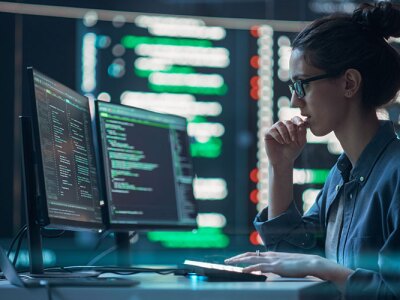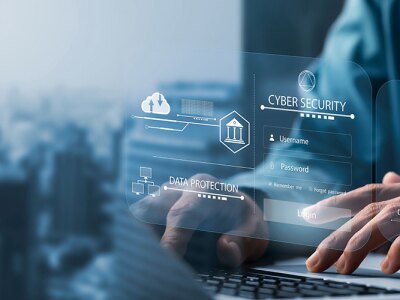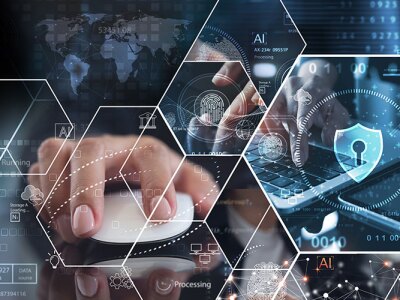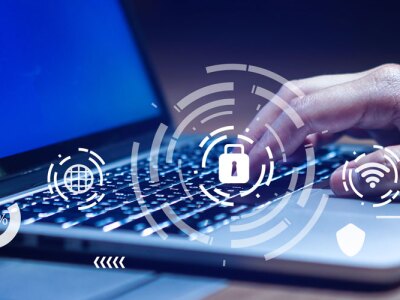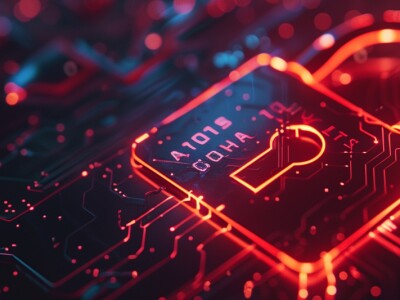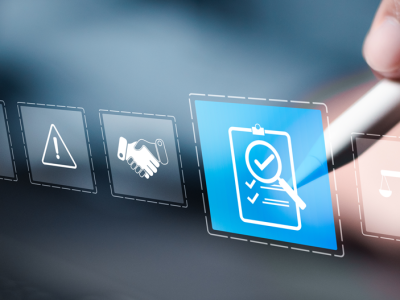Cybersecurity Blog
Discover how ethical hackers help organizations stay safe, ethical hacking techniques and career opportunities in this field. Learn how it protects against evolving threats.
Cyber attacks can halt operations, damage trust, and cost millions. Discover the full impact on your business and learn how to mitigate long-term risks.
Find out how to get into cybersecurity and build a long-term career. Learn what skills, certs, and education can help you break into the field.
Learn how to become a cybersecurity analyst with our detailed career guide covering required skills, education paths, and job-hunting strategies!
Learn what cyber warfare is, its impact on national security, and how governments and organizations are responding to digital threats.
Discover the essential branches and trends shaping today's cybersecurity field. This is your guide to navigating cybersecurity careers.
Explore the different types of DoS attacks and find out ways to prevent them. Learn how to safeguard your systems from denial-of-service threats.
Discover what a DDoS attack is, explore real-world examples, types of attacks, and practical prevention tips to protect your systems from online threats.
When cybercriminals strike, cybersecurity professionals become an organization's first line of defense. These are the moments they've trained for—when their expertise and preparation are put to the ultimate test.
Linux is an open-source operating system. That means anyone can inspect, modify, and redistribute its source code. This characteristic has allowed developers to customize several Linux distributions (distros) for hacking and penetration testing.
Discover the 21 essential Kali Linux tools for effective hacking and penetration testing. Enhance your skills and get started with our detailed guide.
According to the International Monetary Fund (IMF), cyber attacks have more than doubled since the COVID-19 pandemic. That explains why the demand for cybersecurity experts is at an all-time high, and it's expected to continue to grow.
Cybercrimes are increasing every year. Cybersecurity professionals are in demand as organizations strive to minimize the risks and damages of security breaches.
MS in Cybersecurity
The best time to prepare for a cyberattack is before it happens. Keep reading to better understand the types of cyber risks and how cybersecurity experts develop systems to keep organizations safe.
Today, cryptography in cybersecurity uses cryptographic techniques and increasingly advanced cryptography algorithms for secure data encryption standards so that users can send secure messages, avoiding the curious eyes of any unauthorized onlookers.
Given the unique structures of different cloud computing environments, there’s no one-size-fits-all answer to securing online data.
The intersection of cybersecurity policies and regulatory compliance isn’t just about prevention; it’s a matter of strategic importance. Learn how regulation and policy work together to create an ecosystem that is resilient against cyber attacks and non-compliance penalties.
Sophisticated cyberattacks involving phishing, malware, machine learning (ML) and artificial intelligence (AI) put individuals, corporations and governments alike at constant risk.
With the average cost of a data breach reaching $4.45 million, businesses can’t afford to ignore cyber threats. Cybersecurity teams use incident response plans to prepare for and manage cybersecurity breaches.
In 2023, hackers swiped people’s personal data at an alarming rate, making data breaches the second most commonly reported type of cybercrime. In the digital Wild West, one of the ways that these black-hatted villains can be dealt with is through white-hat hacking.



